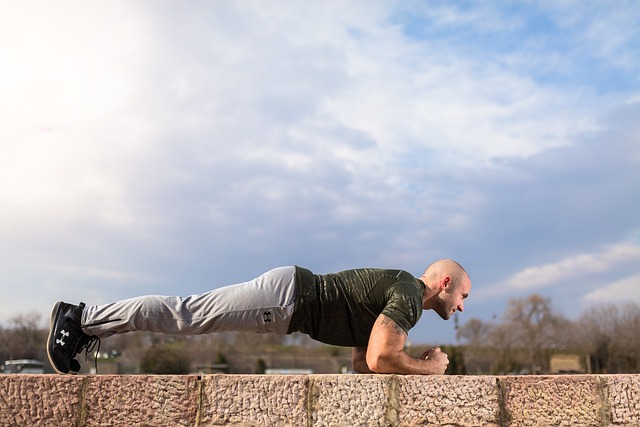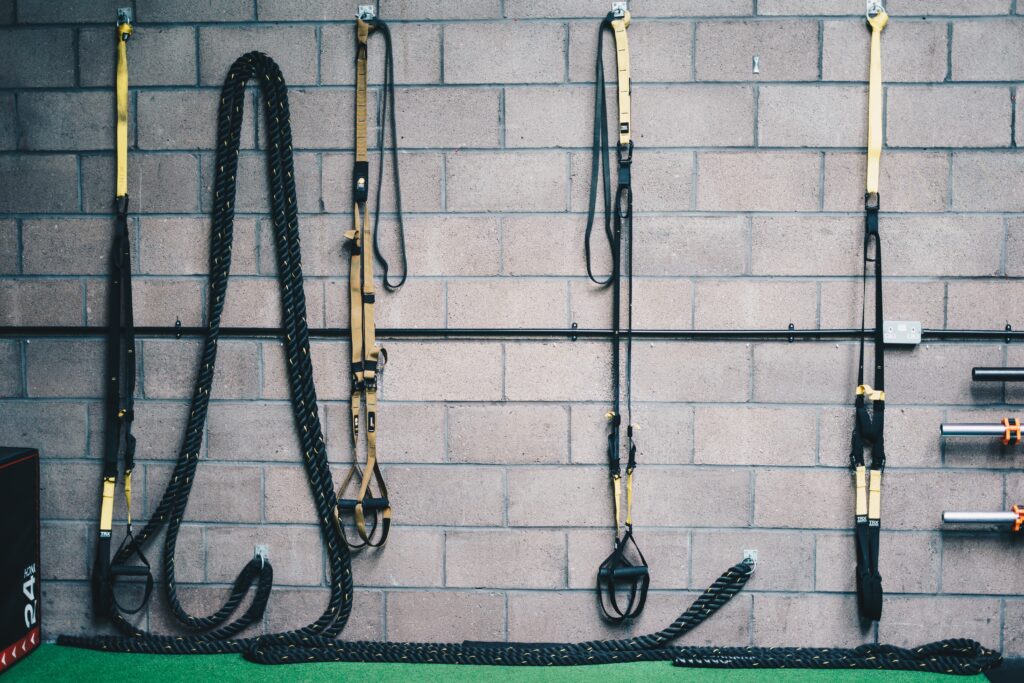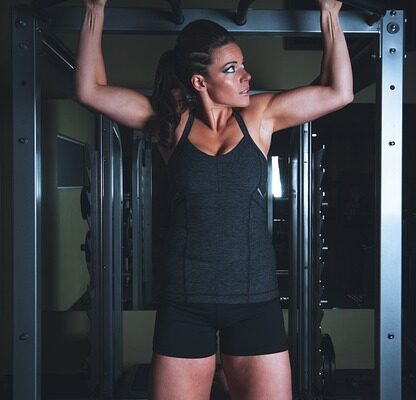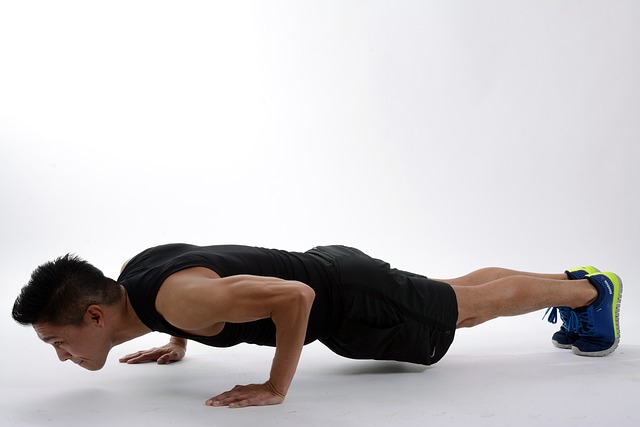Learn more about bodyweight training, its advantages, and how to incorporate it into your exercises for the best results, regardless of your fitness level.
Regardless of your fitness level, bodyweight training is incredibly beneficial. While many people, from beginners to professional lifters, may prefer to use weights, bands, or machines instead of bodyweight exercises. Many bodyweight activities let you target muscles and utilize your body in ways that can be superior.
What Exactly Is Bodyweight Training?
Bodyweight training is a type of resistance exercise that uses your own body weight. You can utilize your body weight to gain strength and muscle, improve functional fitness, and perform cardiovascular exercises.
Bodyweight training, like free weight and machine training. It fights against gravity to make the muscles challenge and compel them to adapt in ways that modify your body while increasing strength and muscle.
Advantages and Effectiveness of exercises using body weight
Using your body weight when you train is a sort of resistance exercise that offers various advantages. Including greater strength and muscle mass and a reduction in visceral fat, all of which enhance body composition, metabolism, and daily functioning.
Using your own body allows you to concentrate on how you move as a group rather than how you use a specific piece of equipment. Bodyweight exercise also raises your awareness of appropriate form, ensuring that you are moving correctly and effectively before attempting to lift bigger weights.
Bodyweight training can give moderate increases in strength and muscle building, according to research. But it is important to proceed to more difficult routines and workouts. This is easily accomplished with bodyweight training, making it accessible to anyone who lacks access to equipment.
Using bodyweight movements also saves time when setting up and transitioning between exercises. Because of the short rest periods, bodyweight training is perfect for interval-based cardio exercises such as Tabata or HIIT-style sessions, where transitioning between pieces of equipment might be difficult. This training approach can also be made in any place there is enough space, such as a small dorm room, living room, or outside.
Workout Tips for Including Body Weight Training
When it comes to bodyweight training regimens, you may either conduct bodyweight-only exercises for the entire session. Or incorporate some bodyweight movements to supplement resistance training with weights or machines. Here are some ideas for incorporating bodyweight training into your exercises.
Combine Bodyweight Training with Weight Training
There are several methods to incorporate bodyweight workouts into your normal weight training regimen. Bodyweight exercises can be used to increase muscle mass, physical strength, and endurance, depending on your goals.
For example, if you want to gain muscle mass, you must increase your volume (hypertrophy). The number of sets and repetitions you accomplish in weight training is referred to as volume. More sets and reps will yield the best results in muscle growth.


However, completing a high number of sets and repetitions of weighted exercises that create a lot of stimulation and exhaustion may impair your ability to recover and repair effectively. Increasing the number of repetitions of bodyweight exercises is an effective technique to increase the volume of your training without causing tiredness because bodyweight activities are easier to complete than weighted motions.
How to Isolate your muscle group
After you’ve completed your more difficult, heavier exercises, you can add bodyweight workouts for each muscle group. If you’re exercising your chest and back in the same session, try to add sets of pushups after your bench press and rows. This will add volume without the fatigue that comes with lifting a heavy barbell or dumbbell.
Bodyweight exercises can help you refine your form and create functional strength if your goal is to gain strength. Pushups (or incline pushups), lunges, planks, bench triceps dips, and crunches are all good options for beginners. You can intensify your workout by performing jump squats, pull-ups, feet-elevated pushups, chest dips, and decline bench crunches.

Adding a suspension trainer, like TRX, which uses straps to assist you in performing bodyweight resistance training, can broaden the range of exercises you can execute with your body. Suspension trainers can also modify the difficulty of certain activities. If you can’t do a pistol squat, for example, use the strap of a suspension trainer to assist you in staying upright and returning to standing.
Perform a Strength Workout Using Only Your Bodyweight
You can definitely get an efficient strength workout using only your body weight. This choice is especially beneficial for people who have limits or low levels of strength, such as seniors, sedentary people, and those recovering from an accident.
A bodyweight-only strength workout regimen should include methods for increasing the difficulty each time you exercise. The only way to keep seeing benefits is to increase the difficulty of your workout. As your body adjusts and strengthens, you will be able to execute progressively difficult exercises or more of the same activities in each session.
See below for some full-body bodyweight training workouts.
- If you’re just starting out, aim for two sets of 10 to 12 repetitions.
- Try 3 – 4 sets of 15 – 20 repetitions if you are more advanced.
This workout can be done in straight sets by moving from one activity and all of its sets to the next. Or moving from one set of each exercise to the next until the required number of sets is complete.
Bodyweight Workout for the Entire Body
- Lunges while walking
- Glutamine bridges
- Step increases the calf (or stairs)
- Push-ups (incline, floor, or decline) (incline, floor, or decline)
- Triceps dips (bench or stairs)
- Supermans
- Side planks
Cardio with bodyweight training.
Bodyweight training can be used for cardio workouts, especially if you don’t have any cardio devices. Bodyweight exercises are perfect for aerobic workouts since they allow you to move from move to move without the need for any equipment.
Choose a few exercises and do them in a circuit with little to no break between moves for an excellent bodyweight training cardio workout. Rest to recover and repeat at the end of the circuit.

Depending on your fitness level, bodyweight workouts for cardio may differ from those for a strength routine. Plyometric motions are a fantastic alternative for cardiovascular work. A perfect cardio circuit workout would comprise a lower body movement, an upper body movement, a core exercise, and a pure cardio exercise.
An example of a plyo-based bodyweight cardiovascular training is shown below.
- Beginners should aim for two rounds, resting for 2 to 3 minutes in between.
- Intermediate exercises can try three rounds with one to two minutes of respite.
- While advanced exercises can strive for four or five rounds with one to two minutes of pause.
- Perform 10 – 15 reps of each strength action, followed by 1 to 2 minutes of jumping jacks.
Cardio Workout using Bodyweight
- Jumping squats
- Shoulder taps in plank position
- Mountain climbers (Bodyweight or TRX)
- Jumping jacks (or jump rope)
To Conclude
Bodyweight training can help you build muscle, gain strength, and improve your cardiovascular fitness. Using only your body as resistance is simple and convenient, with the option of increasing the difficulty with progressions or a suspension trainer. Do not underestimate working out with your body weight, so start slow.

